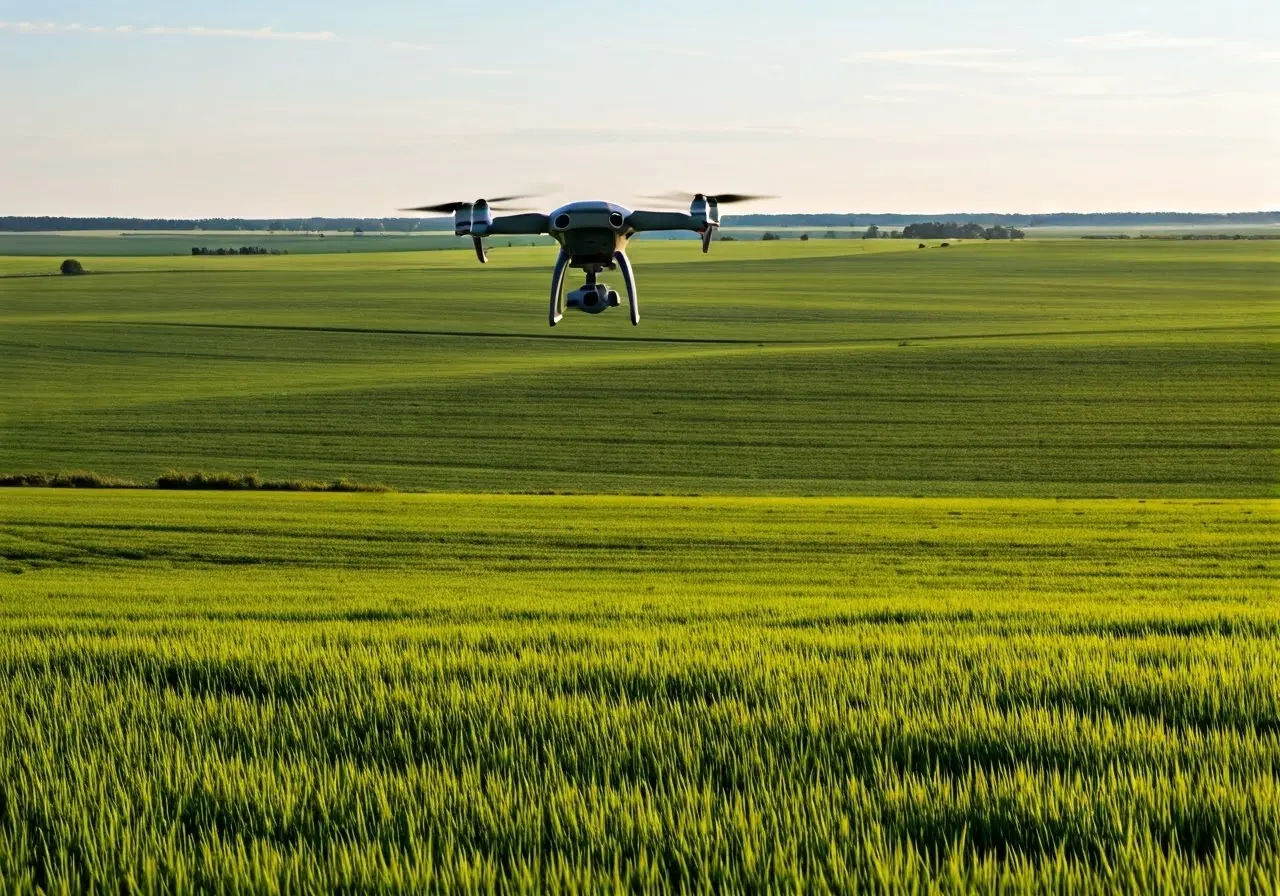
What Are the Benefits of Using UAV Precision Agriculture for My Farm?
Share
With technological advancements shaping various industries, agriculture has not been left behind. UAV precision agriculture is quickly becoming a game-changer for farmers worldwide. If you’re curious about how drones and precision agriculture can transform your farming practices, you’re in the right place. In this FAQ, we’ll explore the compelling benefits of adopting UAV precision agriculture for your farm.
How Does UAV Precision Agriculture Work?
UAV precision agriculture utilizes drones equipped with sensors and cameras to monitor crops. These drones can capture high-resolution images and data, which are analyzed to assess plant health, soil conditions, and more.
The integration of UAV technology into agriculture allows farmers to collect data rapidly across large areas. By using multispectral imaging, drones provide crucial insights into areas such as plant chlorophyll levels and water status, which are nearly impossible to assess at such speed and accuracy through traditional methods. This technology enables farmers to focus on areas that require immediate attention, optimizing their time and resources.
Real-time data collection is one of the hallmarks of UAV precision agriculture. Farmers can quickly react to changing conditions such as weather, pest infestations, or disease spread. UAVs allow for a swift assessment, meaning that farmers can implement timely interventions, potentially saving an entire season’s crop yield.
What Are the Cost Savings Associated with UAV Usage?
UAVs can significantly reduce costs by minimizing the need for manual labor and improving resource management. With precise data, farmers can apply fertilizers and pesticides only where necessary, effectively reducing wastage and costs.
Resource management is crucial for any farming operation. UAV technology aids in this by providing maps that indicate the variable rate application areas for fertilizers and pesticides, thus minimizing input costs. Moreover, fewer employees are needed in the field, allowing farmers to allocate their labor force to other vital tasks.
Initial investment in UAV technology might seem daunting, but the long-term savings are substantial. Cost analyses from multiple farming operations confirm significant reductions in input costs and labor expenses. More notably, the ability to enhance production efficiency often results in increased profitability.
How Do UAVs Improve Crop Monitoring and Yield?
Through real-time monitoring, UAVs offer immediate insights into crop status, identifying issues like pest infestations or nutrient deficiencies early on. This proactive approach can lead to better crop yields and healthier plants.
Frequent flyovers enable UAVs to provide continuous updates on crop conditions. As UAVs can cover vast areas swiftly, this allows for comprehensive monitoring without exerting additional labor. Detailed aerial views provide better perspectives on crop uniformity and growth patterns, all contributing to enhanced yield predictions.
Seasonal stresses, such as drought, nutrition deficiency, or pest incursions, can be detected earlier with UAV intervention. This allows for immediate corrective actions, ensuring that potential yield losses are minimized. The proactive approach afforded by UAVs plays a vital role in securing optimal plant health.
What Environmental Benefits Do UAVs Offer?
By ensuring precise resource application and reducing overuse of chemicals, UAV precision agriculture promotes sustainable farming practices, resulting in less environmental impact and protecting biodiversity.
The usage of UAVs aligns with the growing need for sustainable agriculture. By minimizing waste and reducing the dependency on chemical inputs, UAVs help preserve water quality and prevent soil degradation. Their capacity for precision application means fewer emissions, aligning agriculture with environmental conservation efforts.
Furthermore, by achieving more with less, UAV technology assists in reducing the carbon footprint of farming activities. Energy-efficient operations with drones translate into a smaller ecological footprint. This shift towards greener practices not only nurtures the environment but also portrays farming as a responsible and sustainable venture.
Exploring the Future of Farming with UAVs
UAV precision agriculture offers numerous advantages that can significantly enhance your farming operations. By providing detailed insights and enabling efficient resource management, it ensures your farm stays productive, cost-effective, and environmentally friendly. Embracing technology like this could be the key to future-proofing your agricultural business. Discover how you can leverage these technologies on your farm by visiting our homepage.

